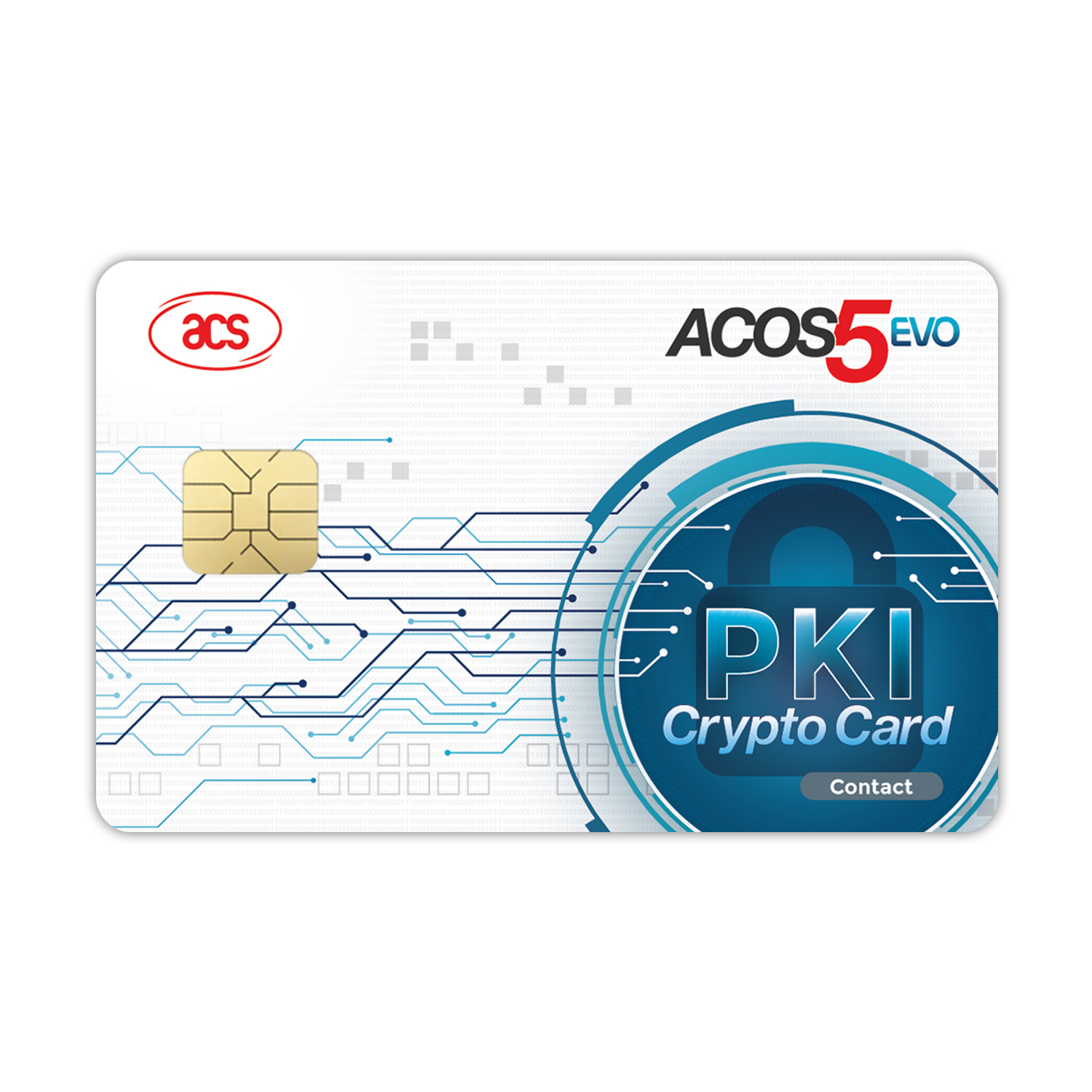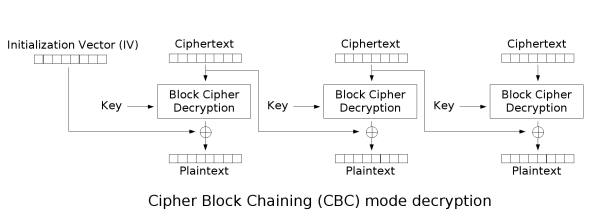- An AES 128-bit key can be expressed as a hexadecimal string with 32 characters. It will require 24 characters in base64. An AES 256-bit key can be expressed as a hexadecimal string with 64 characters. It will require 44 characters in base64.
- AES 128, with a random Initialization Vector and PBKDF2 for key. Result is encoded in Base64. No effective cryptanalysis of AES cipher is known to date, it's officially recommended by many security agencies (including NSA).
Handshake Encryption
This is the encryption used to establish a secure connection and verify you are really talking to a Private Internet Access VPN server and not being tricked into connecting to an attacker's server. We use TLS v1.2 to establish this connection. All our certificates use SHA512 for signing.

Here is the simple “How to do AES-128 bit CBC mode encryption in c programming code with OpenSSL” First you need to download standard cryptography library called OpenSSL to perform robust AES(Advanced Encryption Standard) encryption, But before that i will tell you to take a look at simple C code for AES encryption and decryption, so that you are familiar with AES cryptography APIs which. AES-CBC (cipher block chaining) mode is one of the most used symmetric encryption algorithms. The data size must be nonzero and multiple of 16 bytes, which is the size of a “block”. The data is split into 16-byte blocks before encryption or decryption is started, then the operation is performed on each of the blocks.
RSA-2048
2048bitEphemeral Diffie-Hellman (DH) key exchange and 2048-bitRSA certificate for verification that the key exchange really happened with a Private Internet Access server.
RSA-3072
Like RSA-2048 but 3072-bit for both key exchange and certificate.
RSA-4096
Aes 128 Cbc Key Generator Instructions
Like RSA-2048 but 4096-bit for both key exchange and certificate.
ECC-256k1
Aes Cbc 128
Ephemeral Elliptic Curve DH key exchange and an ECDSA certificate for verification that the key exchange really happened with a Private Internet Access server. Curve secp256k1 (256-bit) is used for both. This is the same curve that Bitcoin uses to sign its transactions.
ECC-256r1

Like ECC-256k1 but curve prime256v1 (256-bit, also known as secp256r1) is used for both key exchange and certificate.
ECC-521
Like ECC-256k1 but curve secp521r1 (521-bit) is used for both key exchange and certificate.
This post briefly describes how to utilise AES to encrypt and decrypt files with OpenSSL.
AES - Advanced Encryption Standard (also known as Rijndael).
OpenSSL - Cryptography and SSL/TLS Toolkit
We’ll walk through the following steps:
- Generate an AES key plus Initialization vector (iv) with
openssland - how to encode/decode a file with the generated key/iv pair
Note: AES is a symmetric-key algorithm which means it uses the same key during encryption/decryption.
Generating key/iv pair
Aes 128 Cbc Key Generator Free
We want to generate a 256-bit key and use Cipher Block Chaining (CBC).
The basic command to use is openssl enc plus some options:

-P— Print out the salt, key and IV used, then exit-k <secret>or-pass pass:<secret>— to specify the password to use-aes-256-cbc— the cipher name
Note: We decided to use no salt to keep the example simple.
Issue openssl enc --help for more details and options (e.g. other ciphernames, how to specify a salt, …).
Encoding
Let's start with encoding Hello, AES! contained in the text file message.txt:
Decoding
Decoding is almost the same command line - just an additional -d for decrypting:
Note: Beware of the line breaks
While working with AES encryption I encountered the situation where the encoder sometimes produces base 64 encoded data with or without line breaks...
Short answer: Yes, use the OpenSSL -A option.



